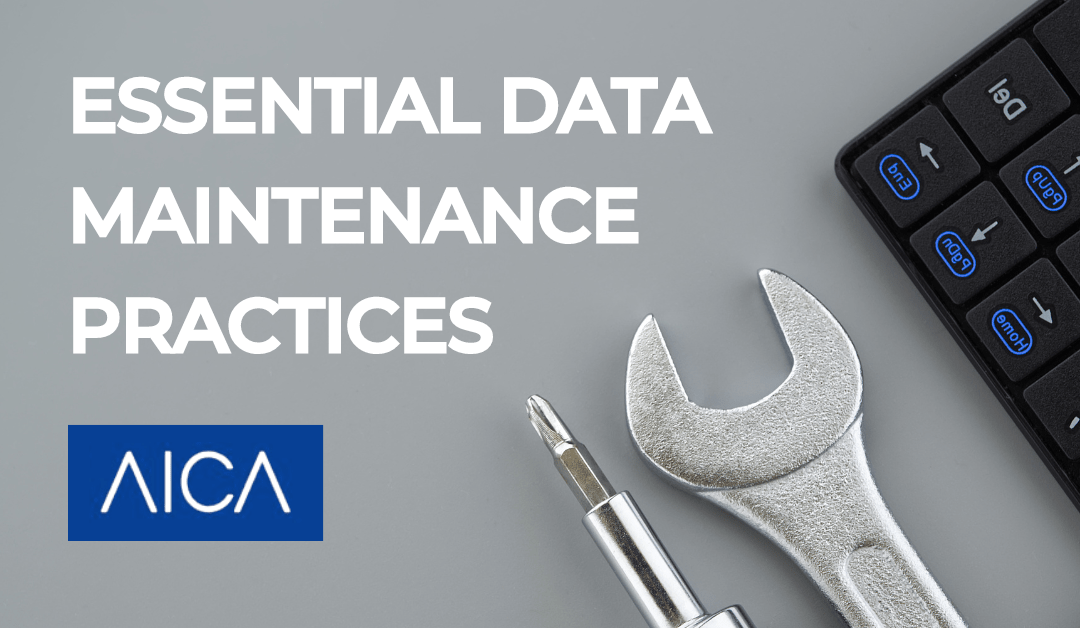Data is a valuable asset for organisations, providing insights into customer behaviour, improving decision-making, and driving innovation. However, dirty data can seriously undermine these benefits, leading to incorrect conclusions, poor decision-making, and reputational damage. In this article, we will discuss data maintenance practices that organisations should implement to prevent dirty data.
Understand Dirty Data
Dirty data refers to data that is inaccurate, incomplete, inconsistent, or duplicated. It can arise from various sources, such as human error, system errors, or outdated data. Organisations need to understand the different types of dirty data to prevent them from occurring and impacting decision-making.
Implement Data Validation Checks
Data validation checks are used to ensure that data is entered correctly and consistently. These checks can include:
-Verifying data types
-Checking for missing values
-Enforcing specific data formats
By implementing data validation checks, organisations can reduce the risk of dirty data.
Establish Data Entry Standards
Data entry standards are rules and procedures that guide how data is entered into systems. These standards can cover data formats, data fields, and data validation checks. By establishing data entry standards, organisations can ensure that data is consistent, accurate, and up-to-date.
Automate Data Capture
Manual data entry is a significant source of dirty data. By automating data capture, organisations can reduce the risk of errors, improve data accuracy, and free up employees to focus on more strategic tasks.
Regularly Cleanse Data
Organisations should regularly cleanse their data to remove duplicates, incorrect information, and outdated records. Data cleansing involves identifying and correcting errors in data sets. By regularly cleansing data, organisations can ensure that their data is accurate and up-to-date.
Conduct Regular Data Quality Audits
Data quality audits are used to identify data quality issues and improve data accuracy. These audits involve reviewing data across different systems, platforms, and processes. By conducting regular data quality audits, organisations can identify areas for improvement, prevent data quality issues from spiralling out of control, and improve decision-making.
Educate Employees on Data Quality
All employees who handle data should be trained on best practices for maintaining data quality. This includes ensuring data accuracy, updating records promptly, and following data entry standards. Regular training sessions can help reinforce the importance of data quality and keep employees up-to-date with changing policies and regulations.
Conclusion
Preventing dirty data is essential for organisations to ensure the accuracy, integrity, and security of their data. By implementing data maintenance practices, organisations can reduce the risk of dirty data and at the end of the day, save themselves valuable time and money.
